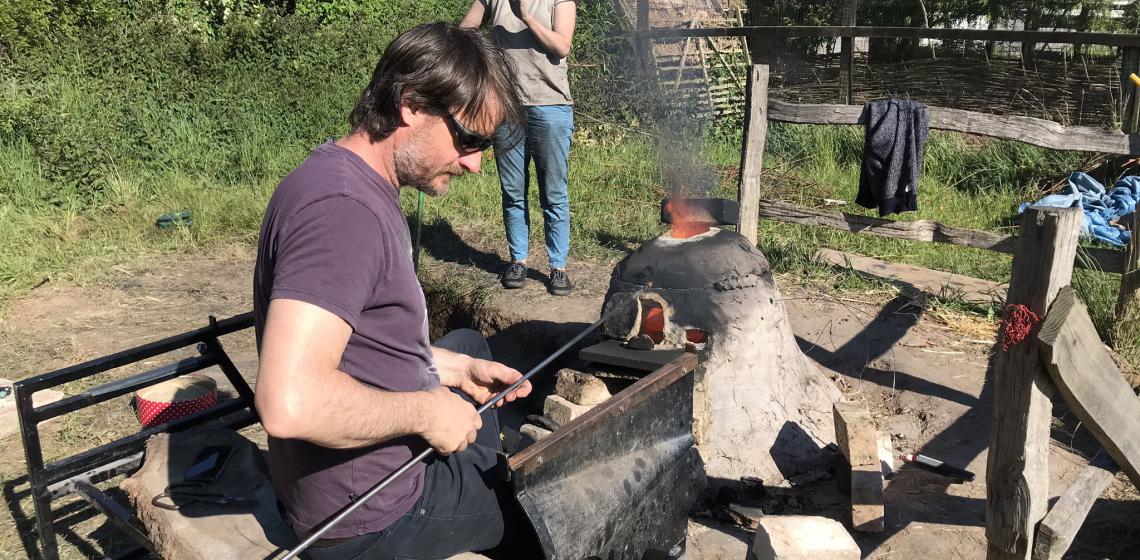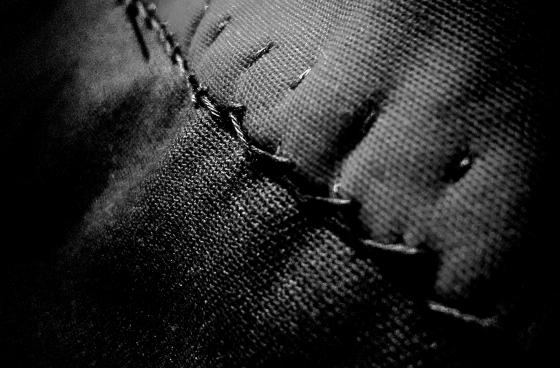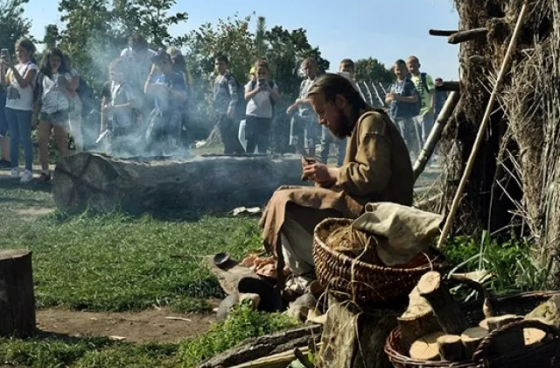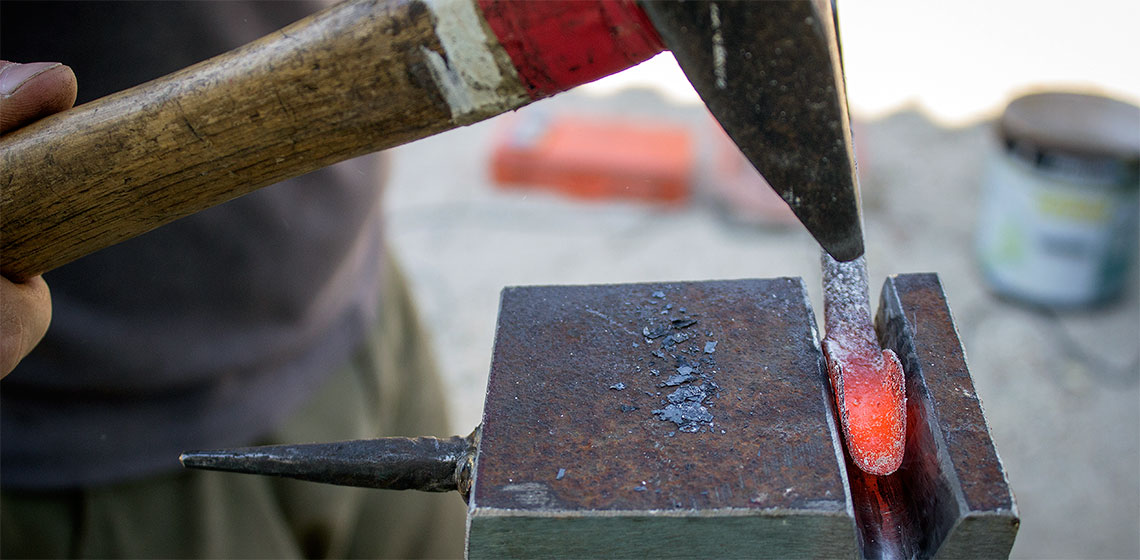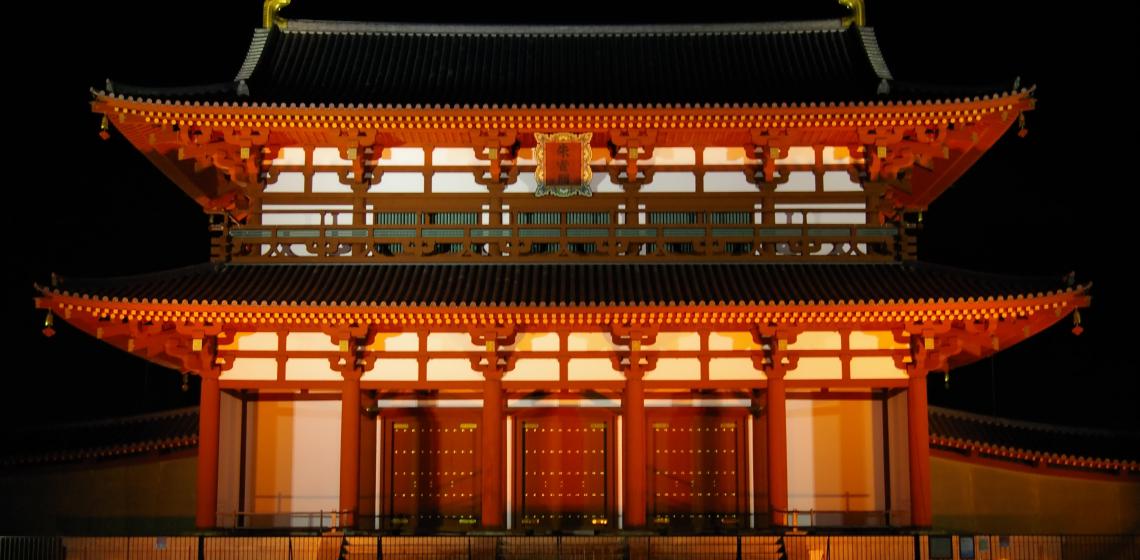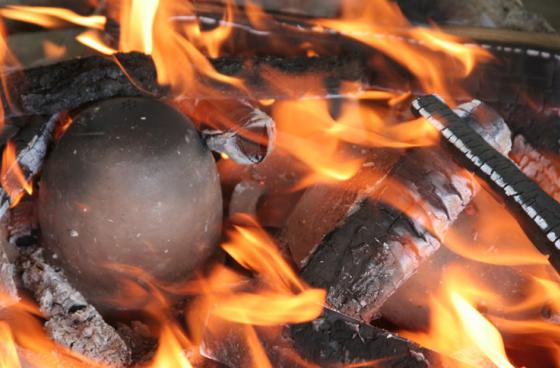Newcastle University (UK)
The School of History, Classics and Archaeology is home to several archaeologists conducting experimental archaeology.
Dr Chloe Duckworth has experience with among others Roman and medieval glass. She teaches for example the module “you are what you make”. This module explores - and helps you to learn - the skills and techniques humans have used for millennia to control, manipulate, and construct the world around us.

